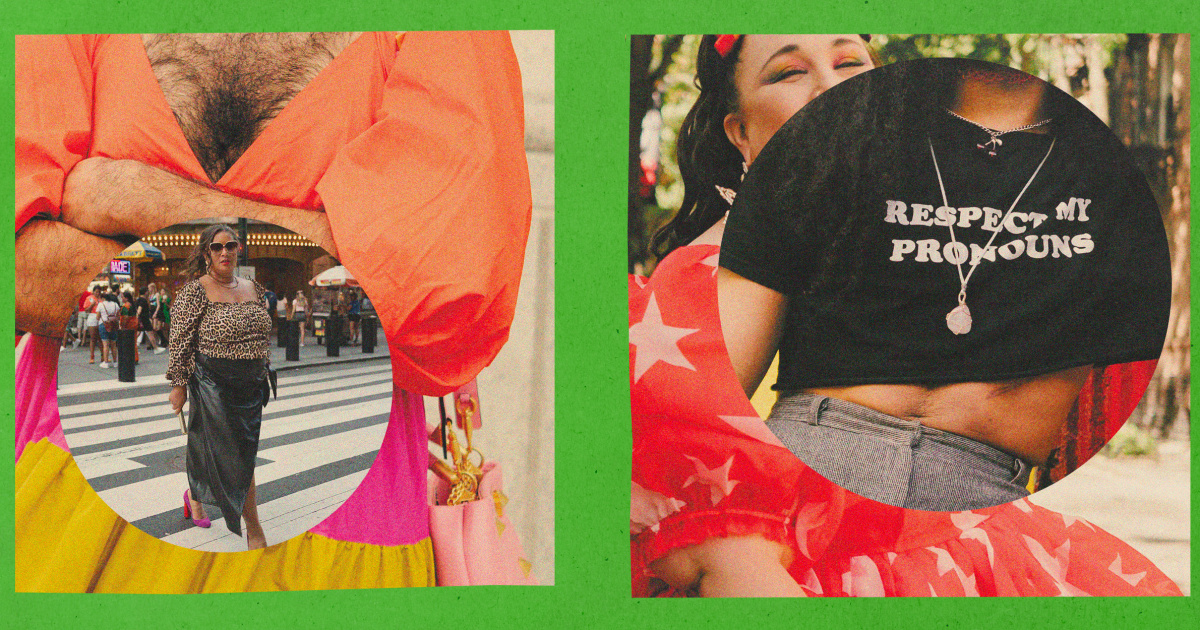She said she began working on the book six years ago, and it was originally going to be a queer style manual. But then the pandemic started, and she read an article about how LGBTQ people were unable to receive community and gender-affirming care that allowed them to live and present authentically. She pivoted the book to focus on the voices of LGBTQ people and to explore how queer people use clothing and style “as a tool for self-affirmation, as a tool for self-love and as a tool for liberation,” Vita said.
Those themes became more pronounced as she was interviewing people for the book and as state lawmakers introducing hundreds of bills targeting LGBTQ rights, including the drag legislation and bills that restrict LGBTQ-related content in schools.
For example, Van Bailey, a model who uses “they” and “he” pronouns and is featured in the section of the book dedicated to visibility, told Vita that “visual cues” help them find other queer people when they’re out and creates a sense of community.
“If I see other studs or masculine-presenting queer people on a train or out and about, I’m automatically brightening up and being like, ‘Hey, those are my people,’” Bailey said. “Even though there’s all this anti-trans legislation, I can put on some fly gear or I’ve got this new pair of J’s that make me feel good.”
Vita said one of her favorite interviews was with Lisa Cannistraci, the owner of Henrietta Hudson, which is New York City’s longest-running lesbian bar.
“What I really loved about Lisa’s story was that her parents always supported her in the clothing that she wanted to wear, and that was just such a touching story to me and was such an example of how people can thrive if they don’t have to worry about being judged or bullied or harmed by their own families,” Vita said.
She said her partner, Senka Filipovic, was also one of her favorite interview subjects, even though Vita joked she was “kind of biased.” Filipovic, who came to the US as a refugee from Bosnia-Herzegovina, said in the book that her parents supported how she wanted to dress from an early age and let her “raid” her brother’s closet.
“My dad spoke to my first-grade teacher to let her know that this is how I’m choosing to dress and that it wasn’t anybody’s responsibility to correct me,” Filipovic said. “I would really appeal to parents and their sensibilities about caring for their kids, because what is most important to them? Is it what their friends think, or is it really their kids’ happiness? It is as basic as that.”
Vita said the book’s central message isn’t just for queer people. She hopes to show people that clothing doesn’t have a gender and that enforces rigid gender binaries or expectations for how people present themselves are harmful. She added that the issue is intersectional and noted that many states do not prevent discrimination based on a person’s hair

